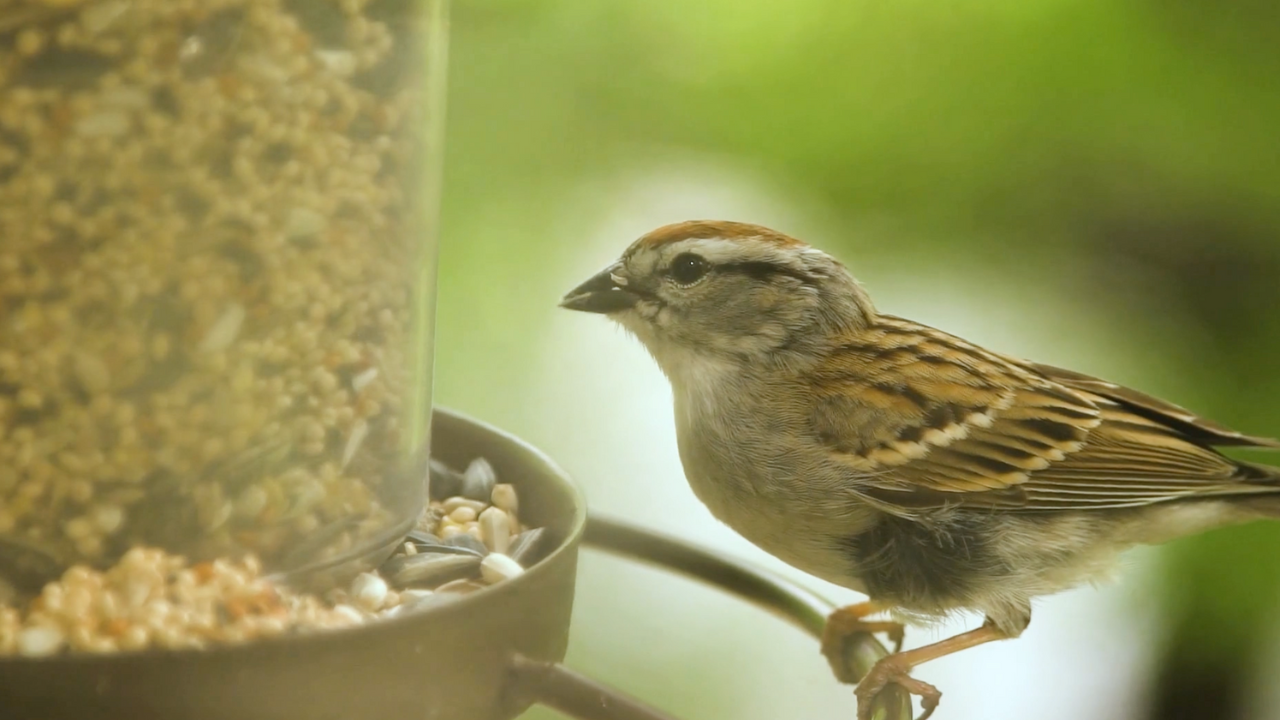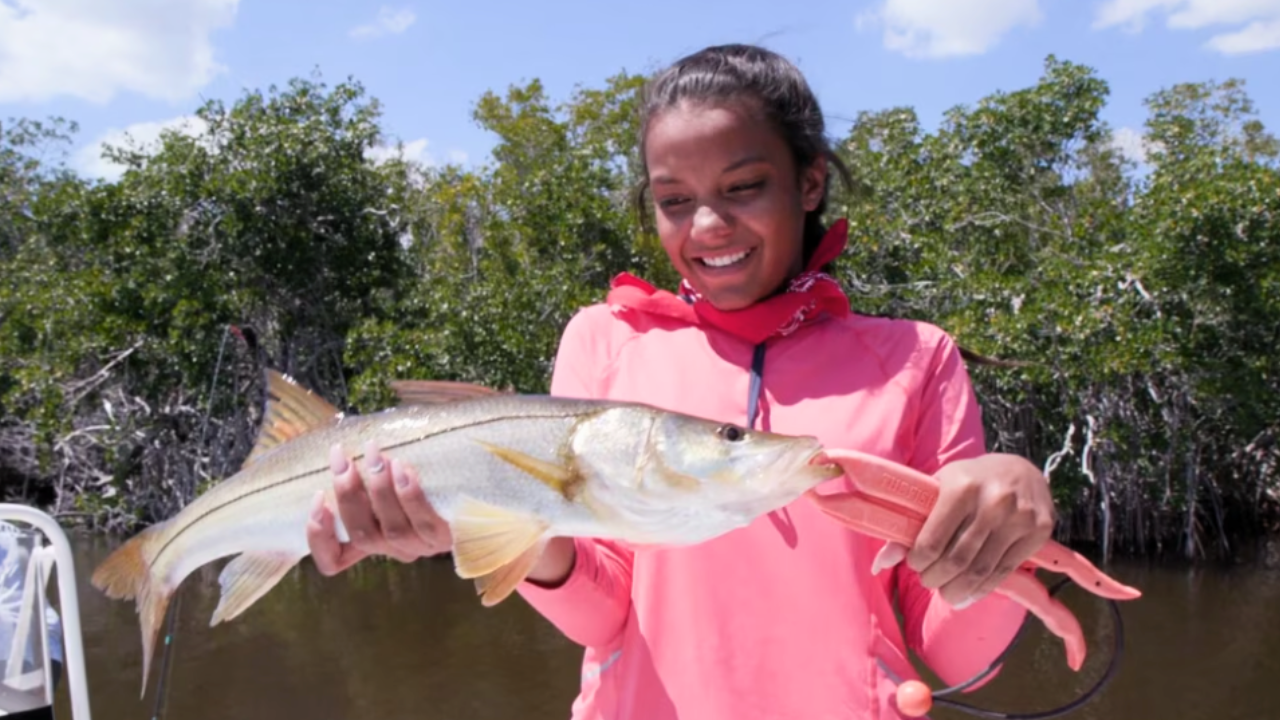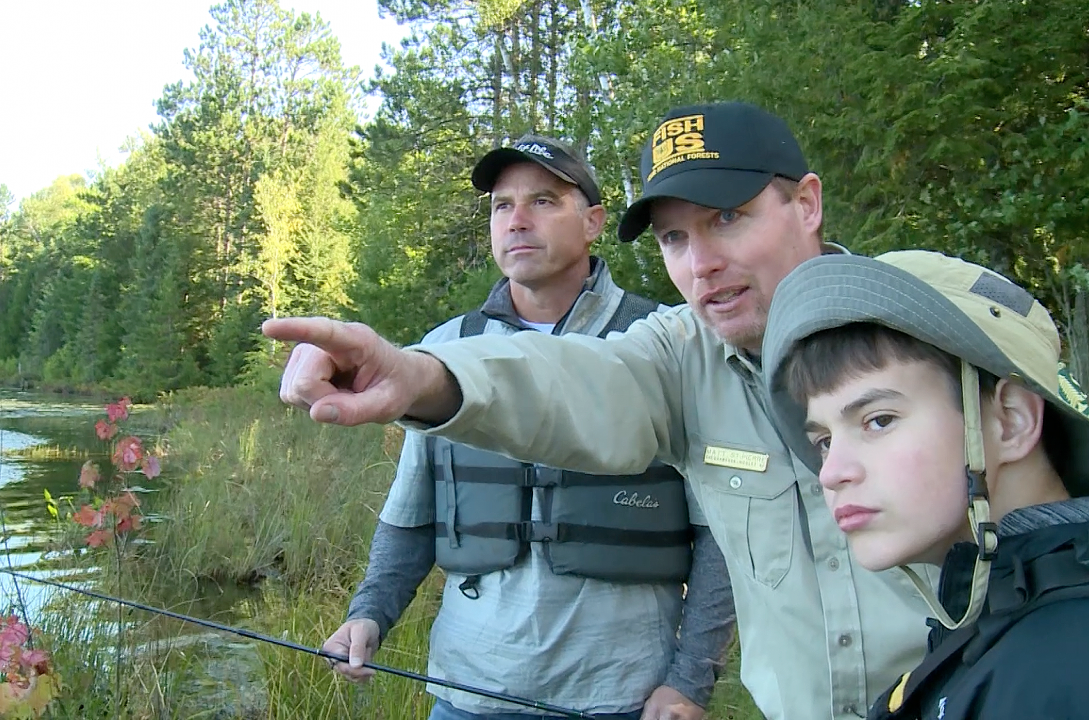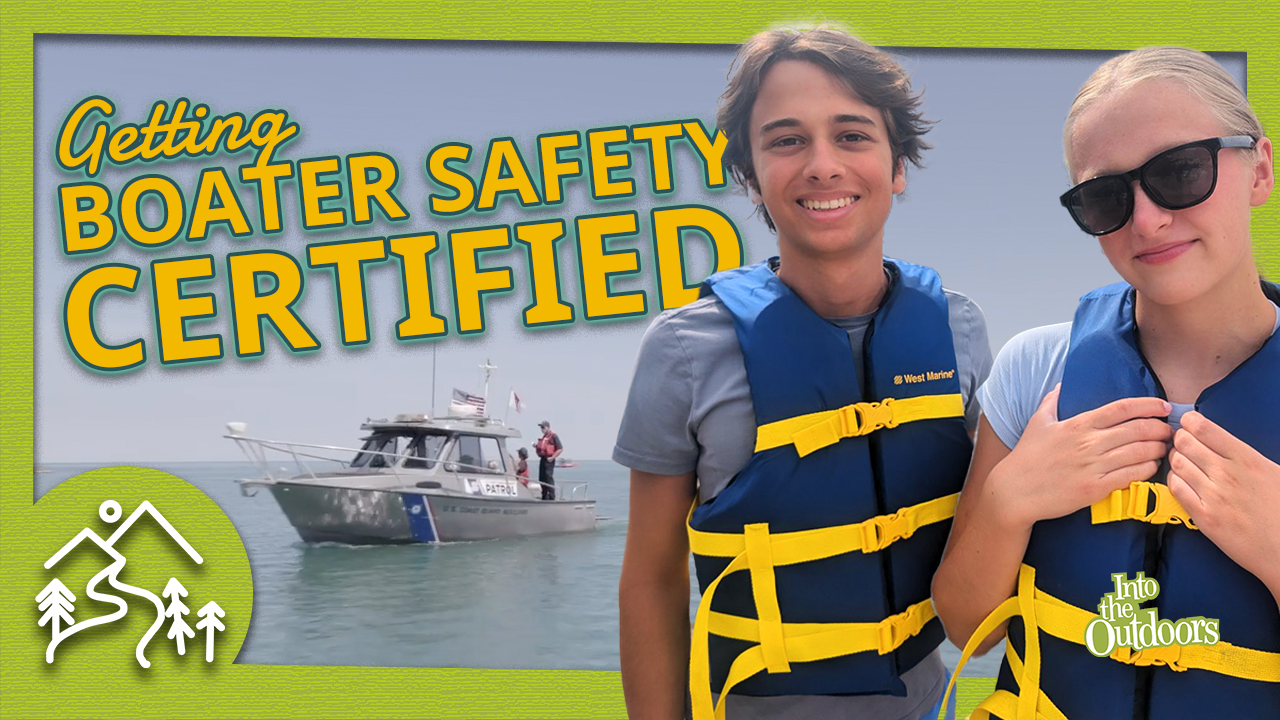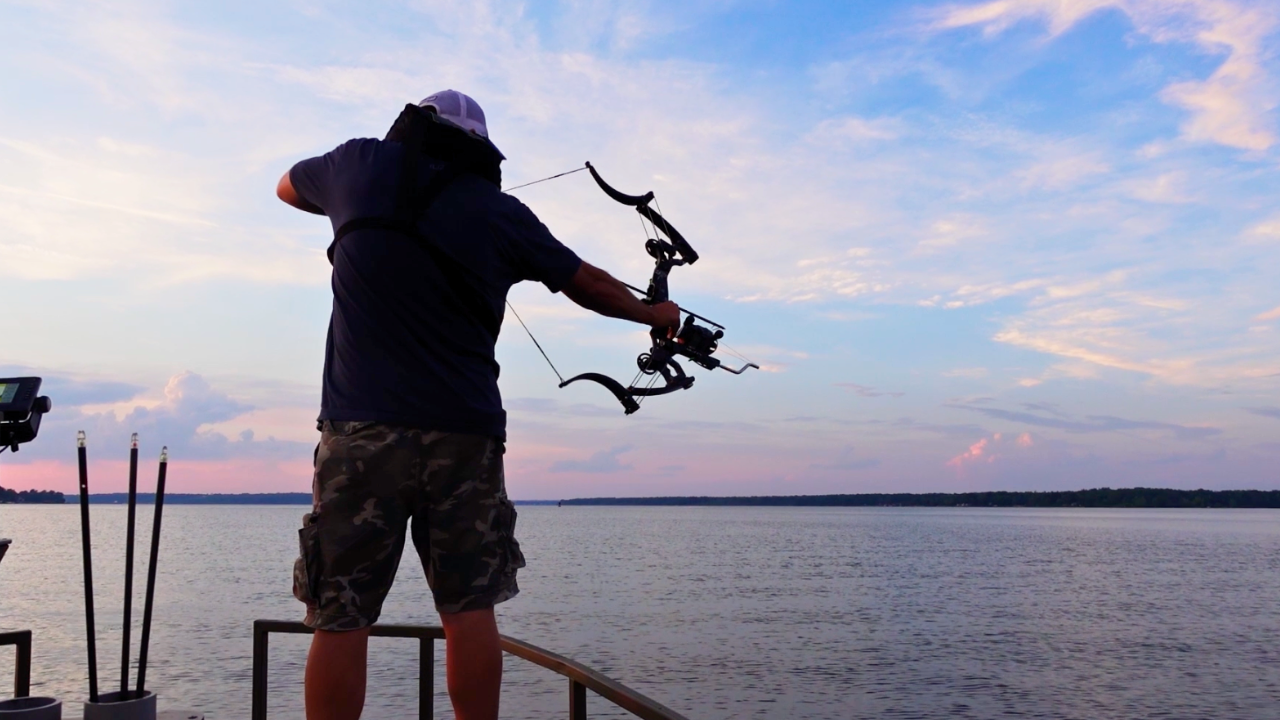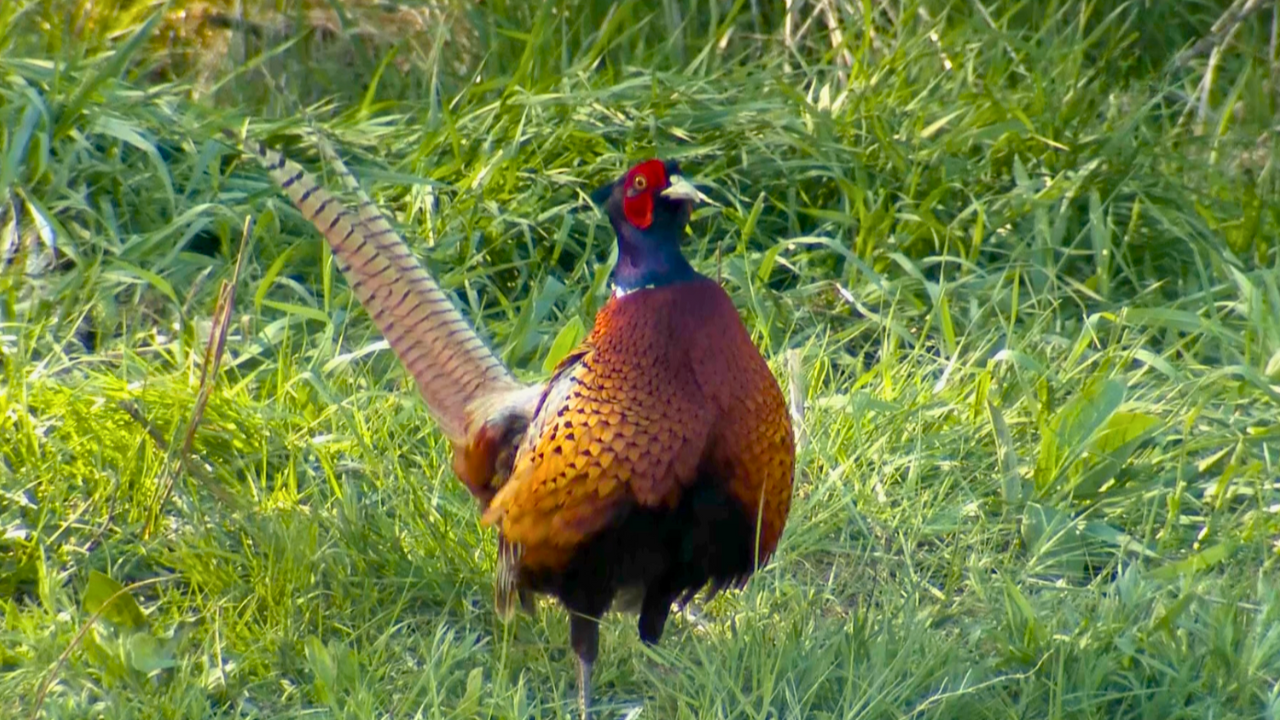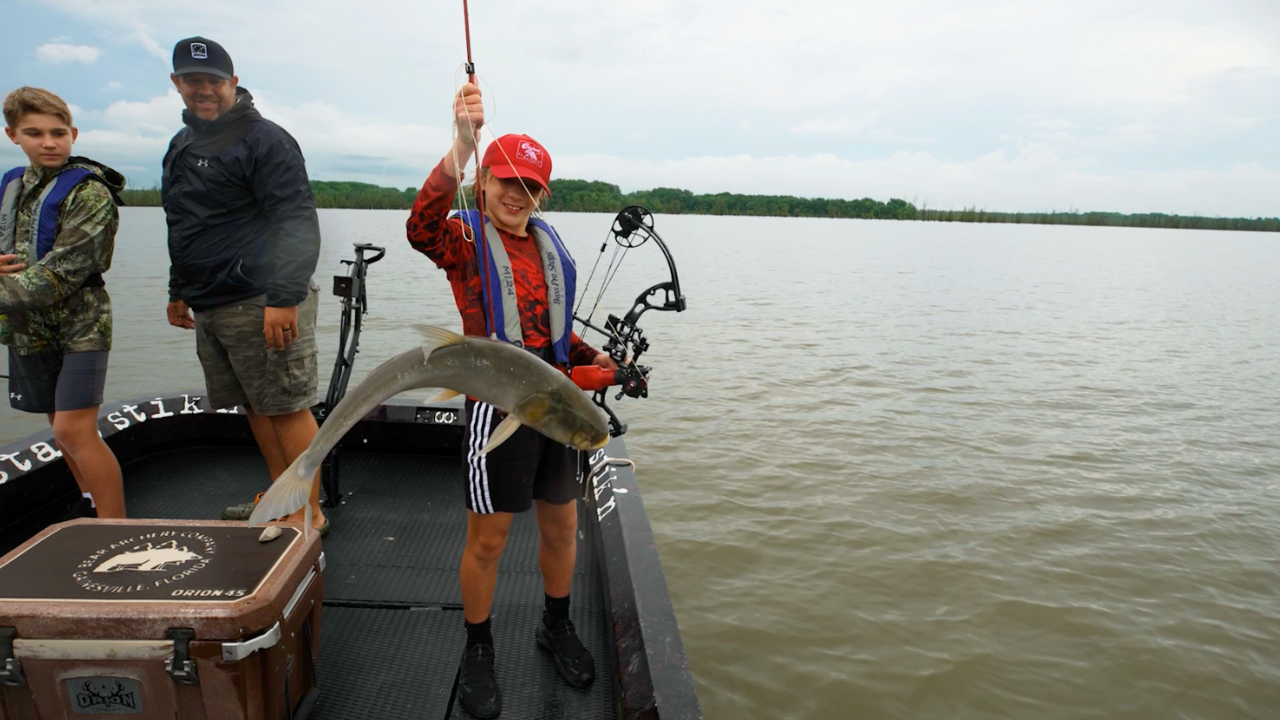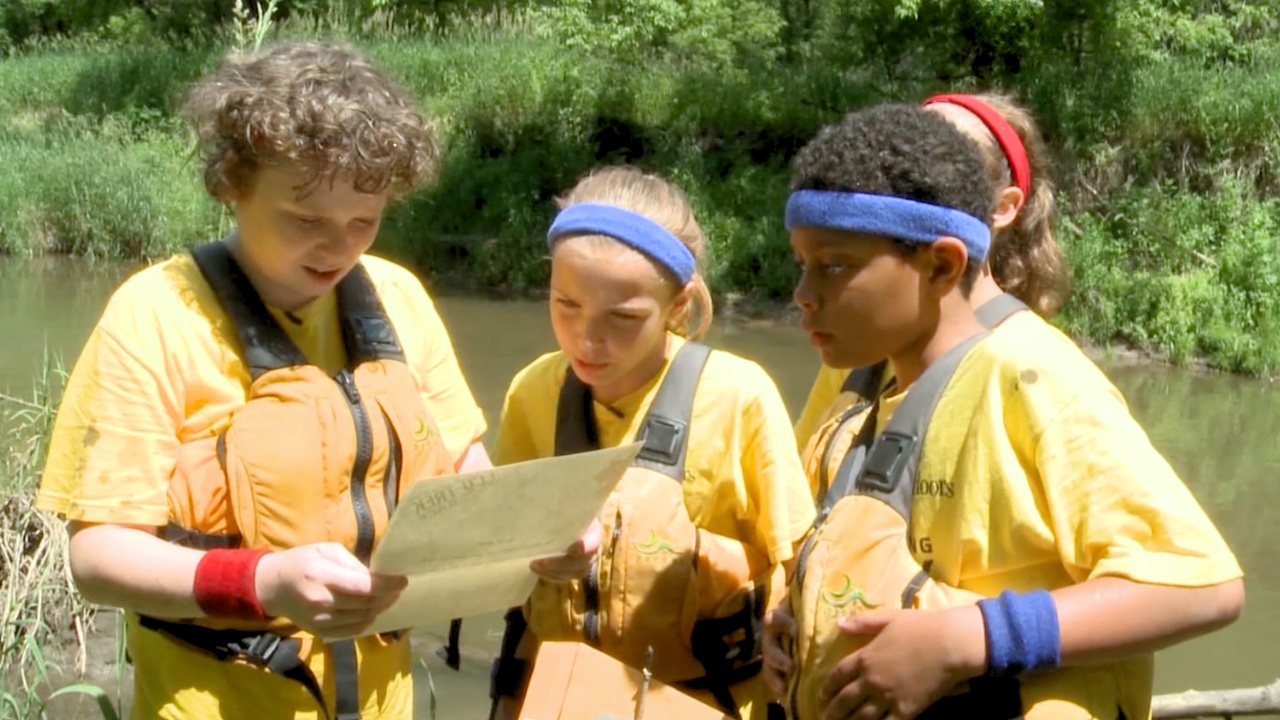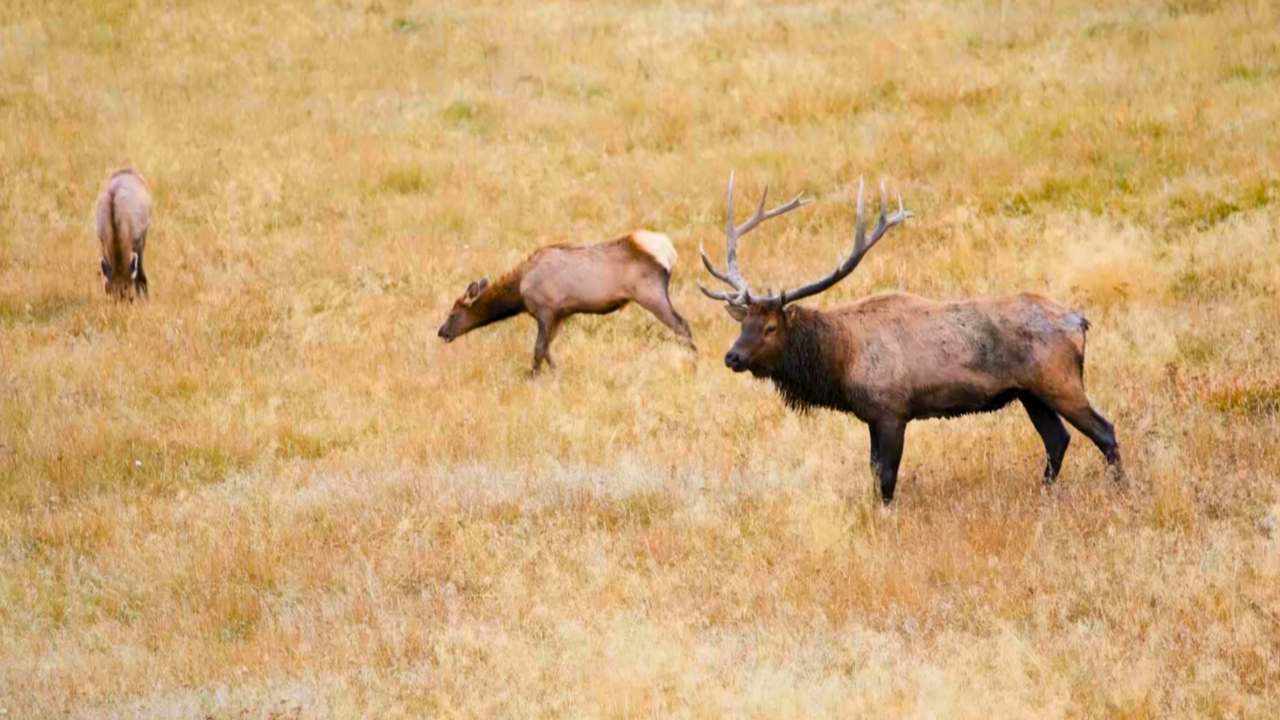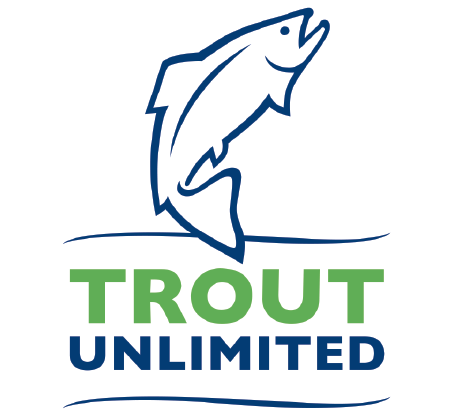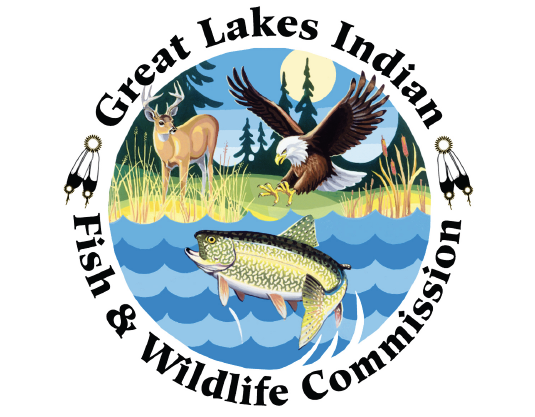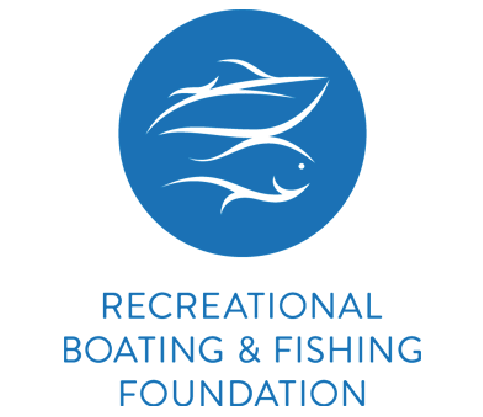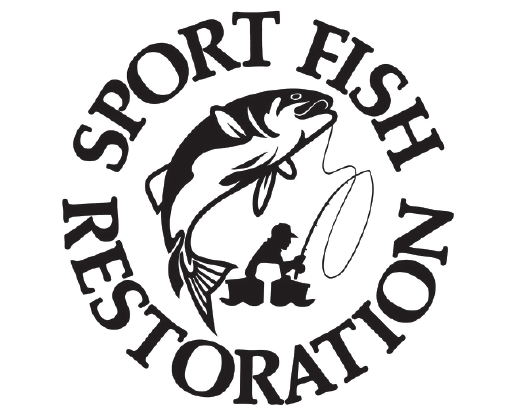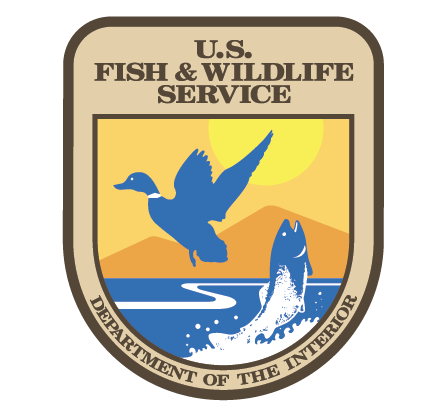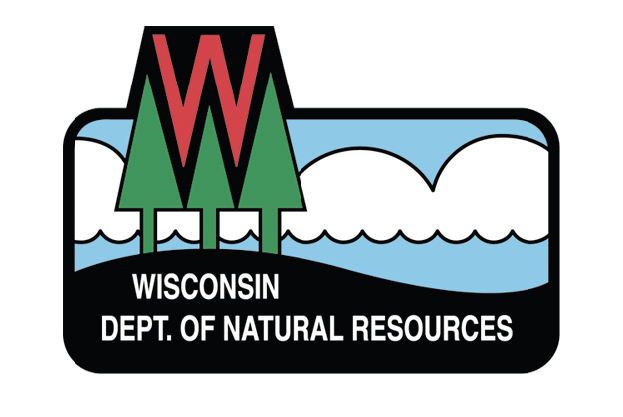How do Polar vortexes, climate change, record storms, extreme weather of all kinds play havoc on our ecosystems and all the species that live there? Discover the answers by watching the four parts of this science show and reading the information below. And to take this learning adventure into your classroom, have your teacher download the free Discussion Guide at the bottom of this page so everyone can share in the fun of this inquiry based learning.
While some species thrive, like record hordes of mosquitoes, others like the loons or whooping cranes struggle to raise their broods when assaulted by record hatches of blood-sucking blackflies. Even though species have had to adapt to various stages of climate change such as glacial advances across the Midwest over the past 2.3 million years, it’s little consolation to some species enduring extreme changes each year that affect their chances of survival. And even with our modern technology, us humans must also develop new strategies to confront the challenges of surviving in the face of record snows, rains, and temperature extremes. While considering this fact, imagine what it must have been like historically for Native Americans.
So all this raises the question, “How do the species that live out in the wild survive these extreme conditions?” The answer is all about extreme survival strategies that different species have evolved over tens of thousands of years. Some strategies are similar between species while others are extremely different. To discover how many species use their unique survival strategies, watch the four segments of this exciting episode. You might even learn that you’re not supposed to mess with hibernating bears in their den as they can easily wake up and defend themselves. And for gosh sakes, don’t run from that bear!
To take this survival strategy learning to a whole new level, have your teacher download the free discussion guide so your entire classroom can participate while learning a few survival tricks from Mother Nature. If you’re an elementary or high school student, download the additional lessons we have provided to use with the discussion guide!
Plus, the educational partner noted below supported the video and lesson content here for all of us to learn from. They also offer other learning opportunities on their website. So click on their logo to discover more!
Full Video
Classroom Videos
The Science of Torpor
Classroom Assets
Animal Adaptations Discussion Guide

